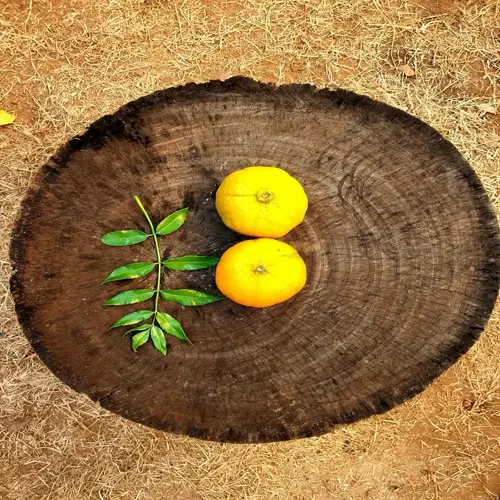How does spacing affect disease prevention?

Written by
Michael Sullivan
Reviewed by
Prof. Samuel Fitzgerald, Ph.D.Proper spacing provides natural disease prevention barriers for pepper plants. Movement of air through the plants dries the leaves quickly after it has rained or been watered. This reduces the humidity where the fungi grow. I have seen entire crops saved by simply giving them more space to grow. Disease prevention begins with proper spacing.
Fungal diseases such as powdery mildew thrive in stagnant air. When plants are crowded, humidity tends to be trapped, much like in a greenhouse. The air will then flow through the foliage when spacing is increased. This dries the foliage quickly after watering. I found my garden improved greatly when I increased the spacing between plants by just 3 inches.
Soil-splash pathogens spread via drops of rain that fall to the ground, then bounce onto the leaves. Wider-placed plants will minimize that risk considerably. Additionally, I am using straw mulch for added protection against soil-splash disease. Also, join up by placing the plants wide apart, and water cleverly. Don't overwater, but water at the level of the soil. That will keep the leaves healthy and dry.
Humid Climates
- Increase spacing by 20% for airflow
- Prune lower leaves to improve ventilation
- Water only in early morning
Rainy Seasons
- Space plants 24+ inches apart
- Install temporary rain covers
- Apply gravel mulch to prevent splash
Container Gardens
- Position pots 18 inches apart
- Elevate containers for drainage
- Rotate weekly for even drying
With careful placement of plants, you can prevent some bacterial diseases. Ensure that peppers are spaced correctly so that sunlight reaches the lower leaves. The morning sun will quickly dry the dewy plants. I lay out my rows in a north-south direction to maximize sunlight on the foliage. This simple adjustment has lowered the incidence of diseases in my garden by one-half.
Keep an eye on spacing through the growing season. Plants grow and fill in the gaps. Check them every two weeks with a yardstick. Prune branches that get too crowded at once. I usually have my pruning shears handy at this time of maximum plant growth. Proper spacing maintenance gives you continuous protection against diseases.
Read the full article: Pepper Plant Spacing Simplified

